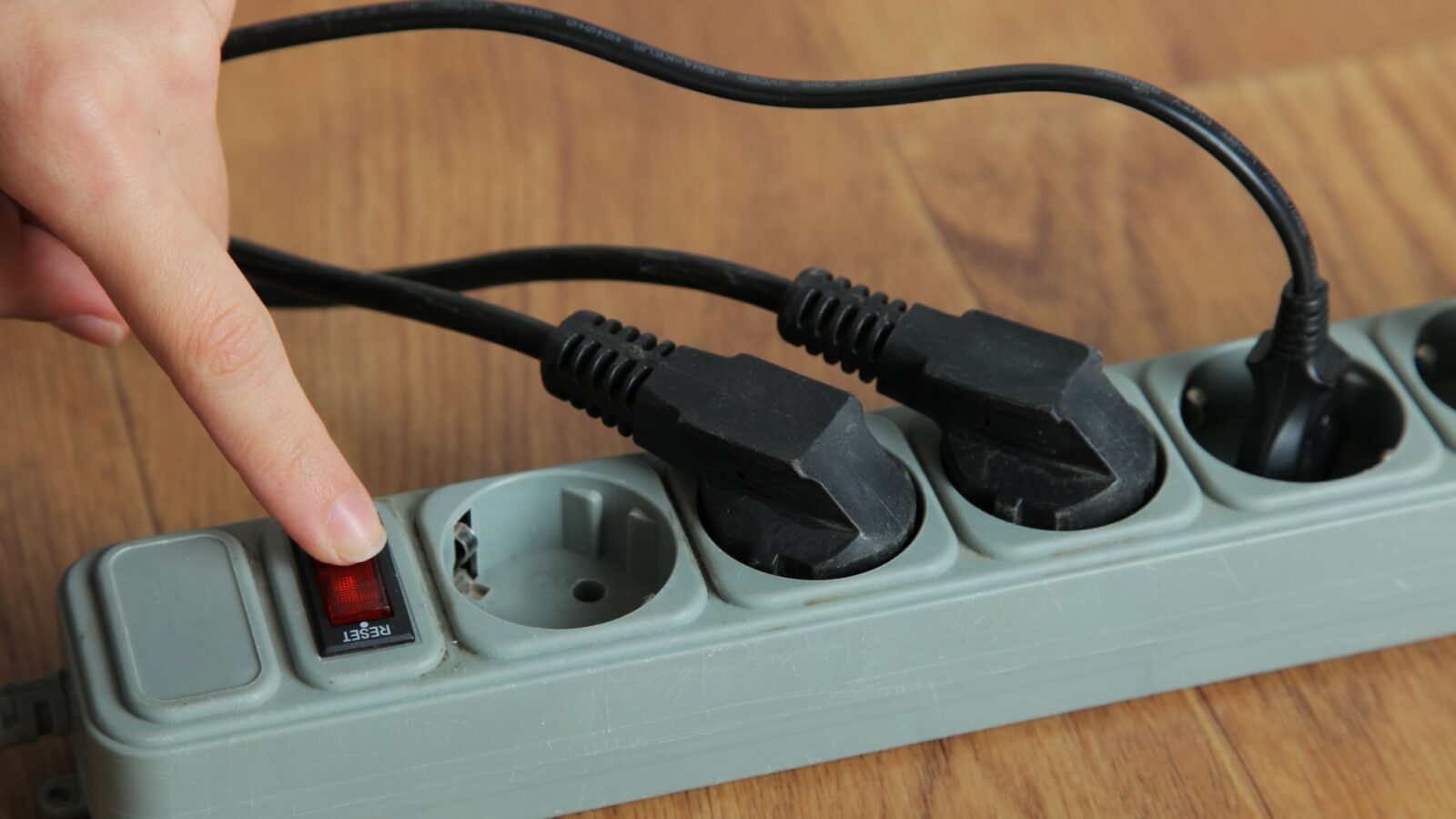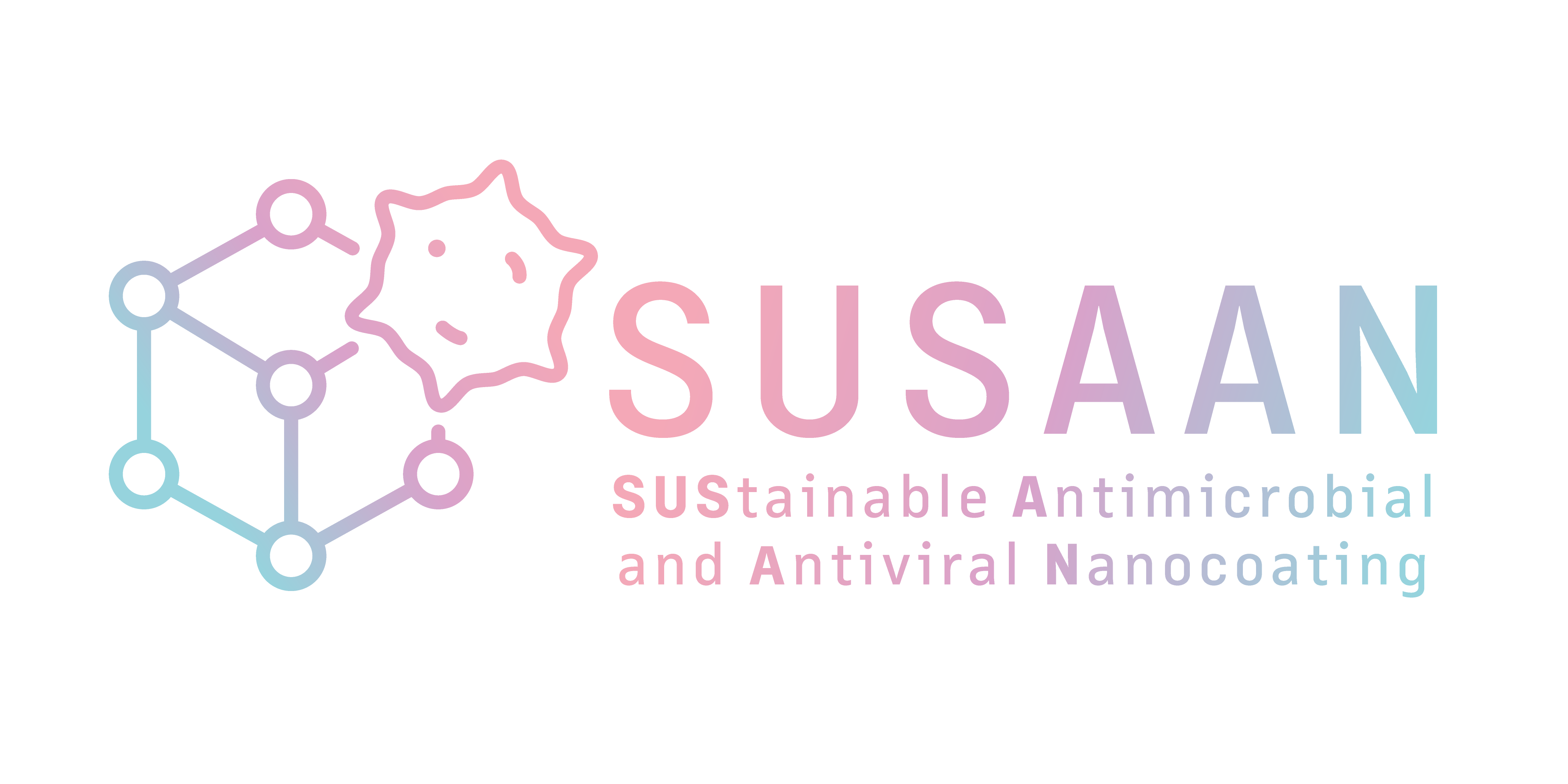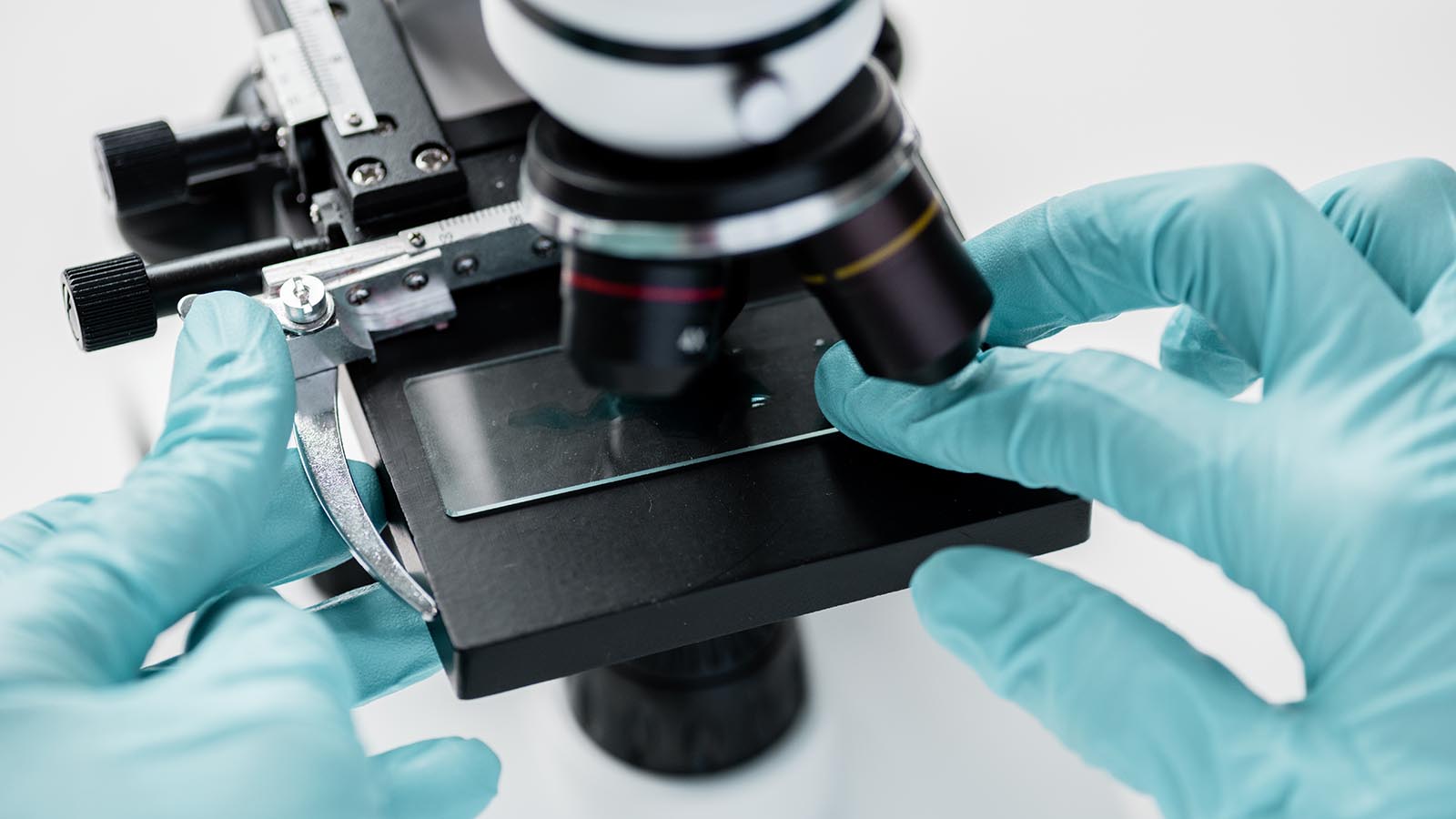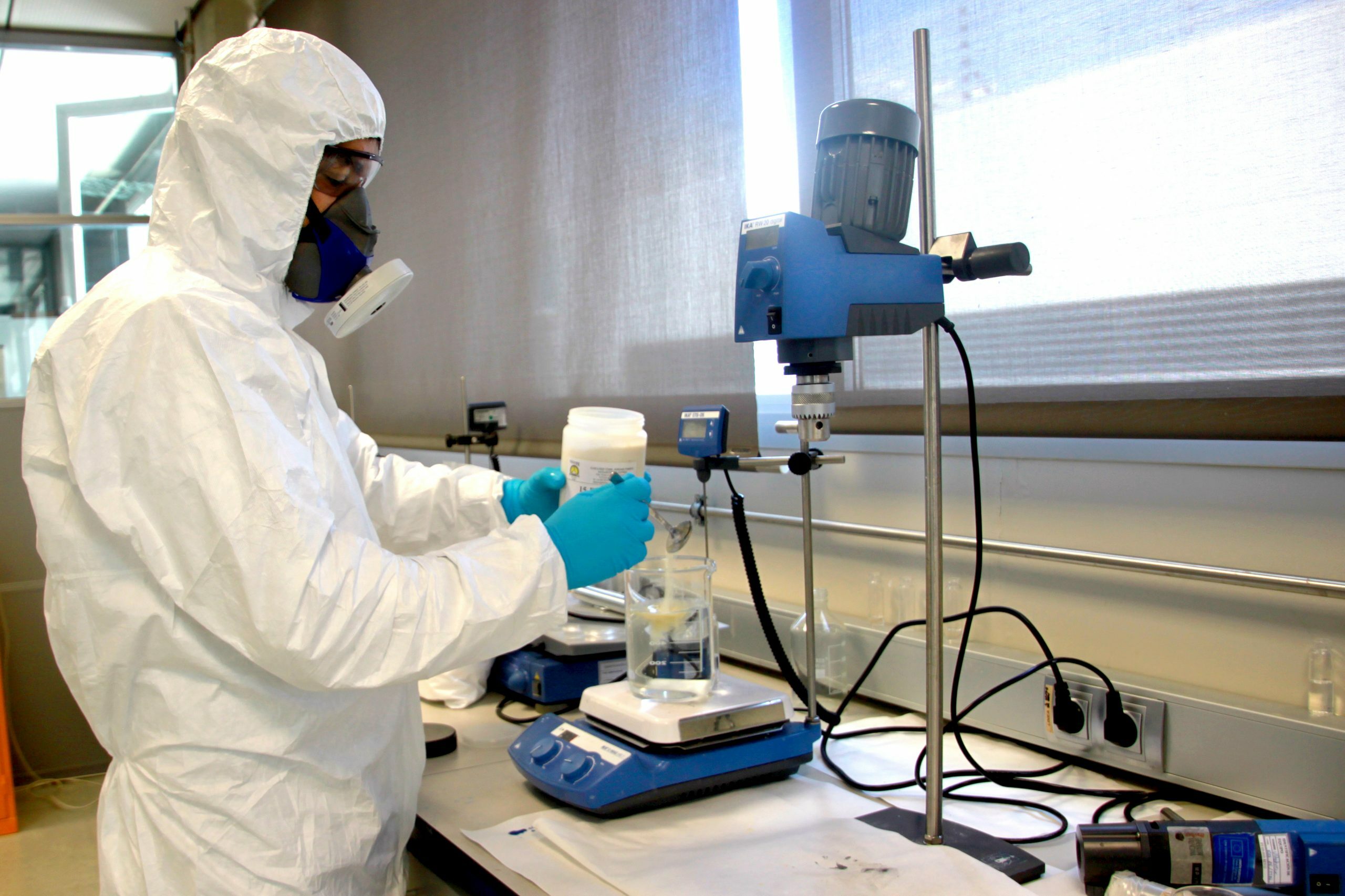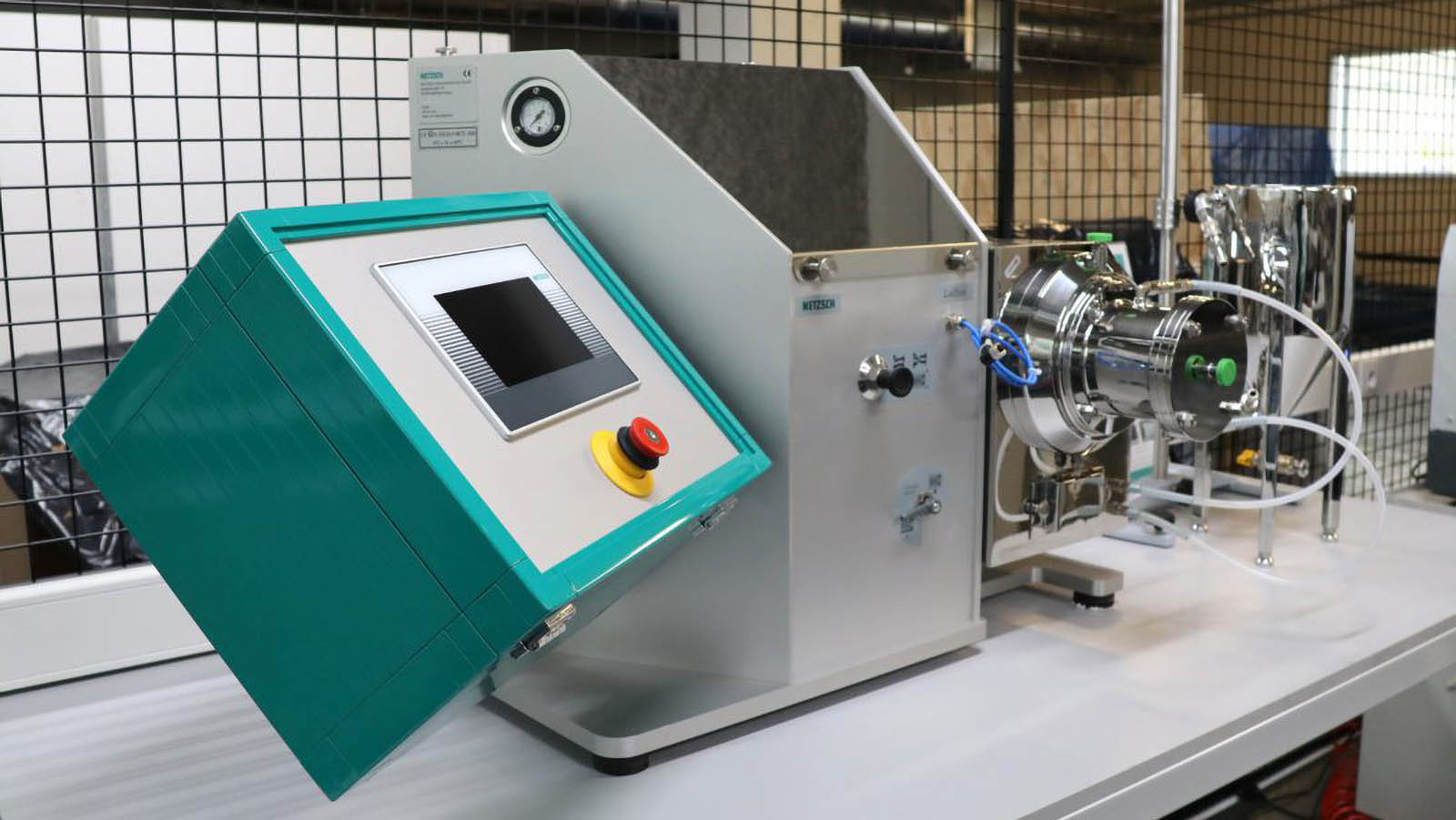SUSAAN: SUStainable Antimicrobial and Antiviral Nanocoating
The SUSAAN (SUStainable Antimicrobial and Antiviral Nanocoating) project will develop new sustainable antiviral and antimicrobial coatings based on active nanomaterials (bio-based active materials and inorganic nanoparticles) for textiles, plastics and metallic objects.
Context
Infectious diseases are a major threat to both public health and the global economy, as it was shown by the COVID-19 pandemic, which was detected in late 2019 in Wuhan, China, and has not yet been eradicated. This pandemic has highlighted the need to prevent microbial contamination of many types of surfaces, which in turn has highlighted the benefits of antimicrobial coatings in this area.
Antimicrobial and antiviral nanocoatings can help slow the spread of infectious diseases in public spaces, where contaminated surfaces and objects can transmit these pathologies. Indeed, it has been shown that contact with surfaces can lead to different viral and bacterial infections (‘Logistic growth of a surface contamination network and its role in disease spread’. Scientific Report, 2017).
In parallel, growing awareness of safety and hygiene and strict regulations are some of the reasons that could have led to an increase in the demand for antimicrobial coatings. In fact, a study published in 2022 by Graphical Research estimates the European antimicrobial coatings market to be worth $1.6 billion by 2027.
However, some concerns remain regarding the efficacy of antimicrobial surfaces, understood as the speed of action and durability of effects, as well as their sustainability.
Summary and objectives
The SUSAAN (SUStainable Antimicrobial and Antiviral Nanocoating) project aims to validate a new antimicrobial/antiviral and sustainable nanocoating for textiles and high traffic objects made of plastics and metal, involving textile, bathrooms and switches and sockets manufacture industries. The specific objectives include:
- The development of a range of improved active nanomaterials (ANMs) safely tailored to established applications.
- Increasing the immediate performance and durability of antimicrobial/antiviral coatings.
- Increasing the stability and sustainability of coatings.
- Validation of product scalability and commercialisation pathways.
In particular, sustainable antiviral and antimicrobial coatings based on active nanomaterials, such as bio-based active materials and inorganic nanoparticles, will be developed, including the development of fast active-response and durable surfaces, taking into consideration their ease of use, low toxicity, and health issues, and targeting a global sustainability concept.
In addition, toxicological and ecotoxicological tests, among others, will be performed on the new active substances and coatings obtained, in accordance with the risk and regulatory assessment of active nanomaterials (ANM). A full sustainability assessment, understood as environmental, economic, and social impact analysis for the required product will be carried out too.
These studies will validate the sustainability and viability of the proposed active nanomaterials and coatings, while supporting the design and selection of sustainable and commercialisable products.
The validation of the reproducibility, quality and durability of the results will be performed by applying it on the final surfaces and using the processing that industrial partners normally carry out.
To validate the project results, three relevant market sectors have been selected in which the antiviral and antimicrobial additives will be used according to efficacy, durability of effects or integrity of the coating. In addition, laboratory-scale toxicity results will be used for each real application in the textile, plastic and metallic industries.
Consortium
The consortium is formed by 13 partners from seven countries, including four large companies, one SME, seven technology and/or research centres, and one laboratory.
- LUREDERRA, FOUNDATION FOR TECHNICAL AND SOCIAL DEVELOPMENT (LUREDERRA) (Spain).
- TECNOLOGÍA NAVARRA DE NANOPRODUCTOS SL (TECNAN) (Spain).
- NATIONAL CENTER FOR SCIENTIFIC RESEARCH “DEMOKRITOS” (NCSRD) (Greece).
- LEIBNIZ-INSTITUT FÜR VERBUNDWERKSTOFFE GMBH (IVW) (Germany).
- CELABOR SCRL (CEL) (Belgium).
- ASOCIACION CENTRO TECNOLOGICO (CEIT) (Spain).
- ECZACIBASI YAPI GERECLERI SANAYI VE TICARET AS (ECZACIBASI) (Turkey).
- ALMAXTEX TEKSTIL SANAYI VE TICARET ANONIM SIRKETI (ALMAXTEX) (Turkey).
- INTERTEK ITALIA SPA (INTER) (Spain, Italy).
- INSTITUTO TECNOLÓGICO DEL EMBALAJE, TRANSPORTE Y LOGÍSTICA (ITENE) (Spain).
- VIRHEALTH SAS (VIRHEALTH) (France).
- PANASONIC LIFE SOLUTIONS ELEKTRIK SANAYI VE TICARET ANONIM SIRKETI (PANASONIC) (Turkey).
- ASSOCIATION POUR LA RECHERCHE ET LE DEVELOPPEMENT D’INNOVATIONS ET DE TECHNOLOGIES POUR LA PROTECTION DE L’HERITAGE ENVIRONNEMENTAL, SOCIAL (ARDITEC) (France).
ITENE’s role
ITENE will lead the complete definition of the final coating properties in terms of performance against the selected bacteria and viruses, robustness, durability, toxicity, ecotoxicity and price. In this task, in which the other partners of the consortium will collaborate, acceptable values for each requirement, the measurement methodology and the presentation and quantification of results will be defined.
In addition, the research centre will participate in the definition of the method that will be used for the selection of active nanomaterials (ANMs), formulations and the final products that will be applied.
It will also lead the toxicological experiments for the new active substance and coatings, as well as in vitro ecotoxicology studies.
It will also lead the optimisation of release methods of active nanomaterials from surfaces. Thus, standardised release methods will be optimised to specifically detect whether any compounds are released from the products.
Additionally, it will participate in the evaluation of the environmental, social and economic impact of the technologies and surfaces developed, as well as in the dissemination and management of the project.
